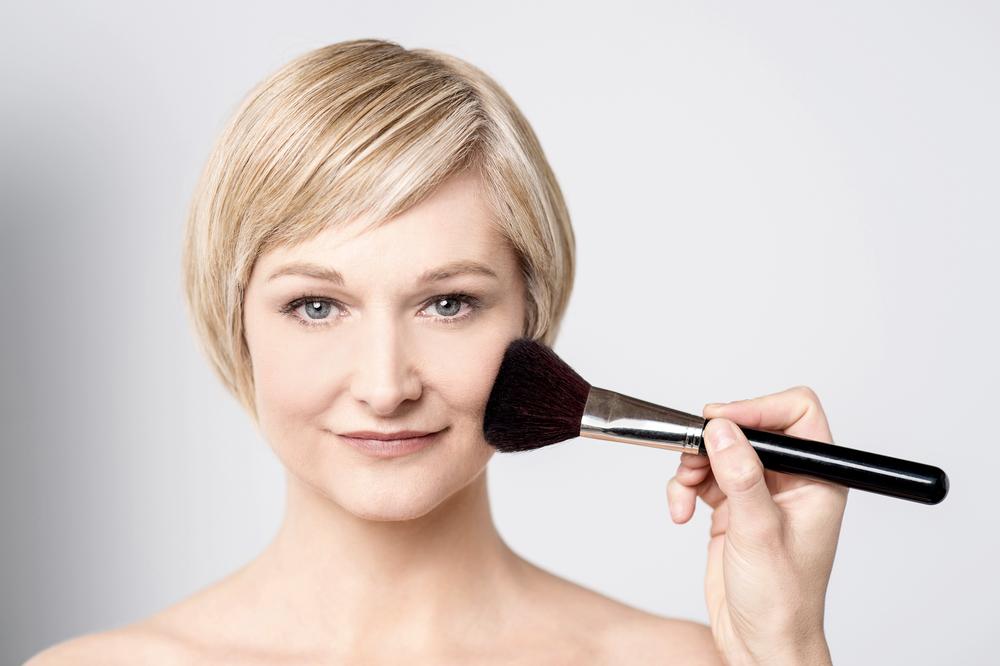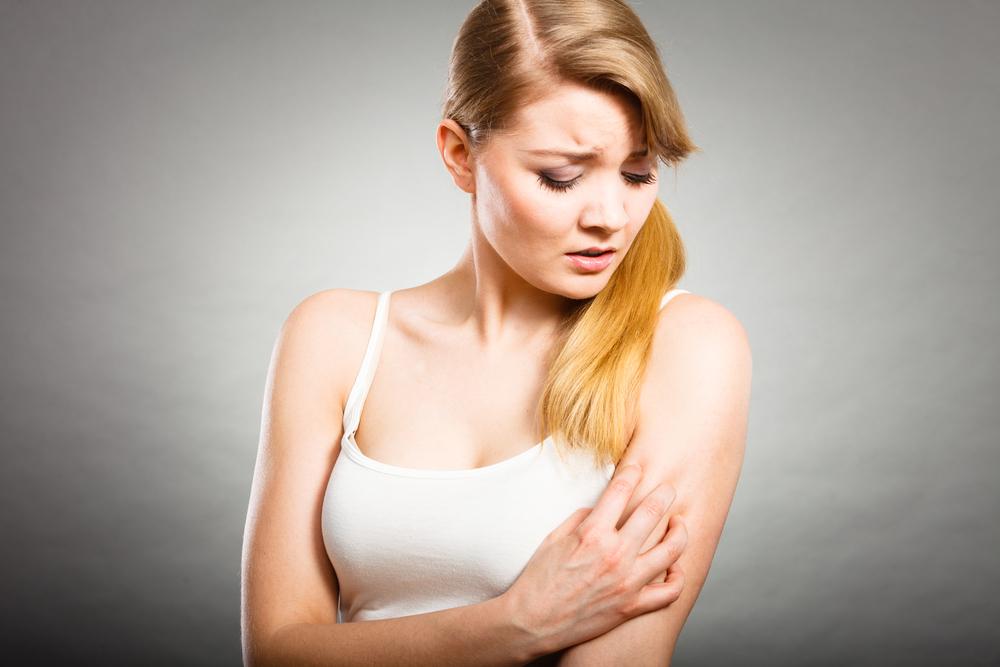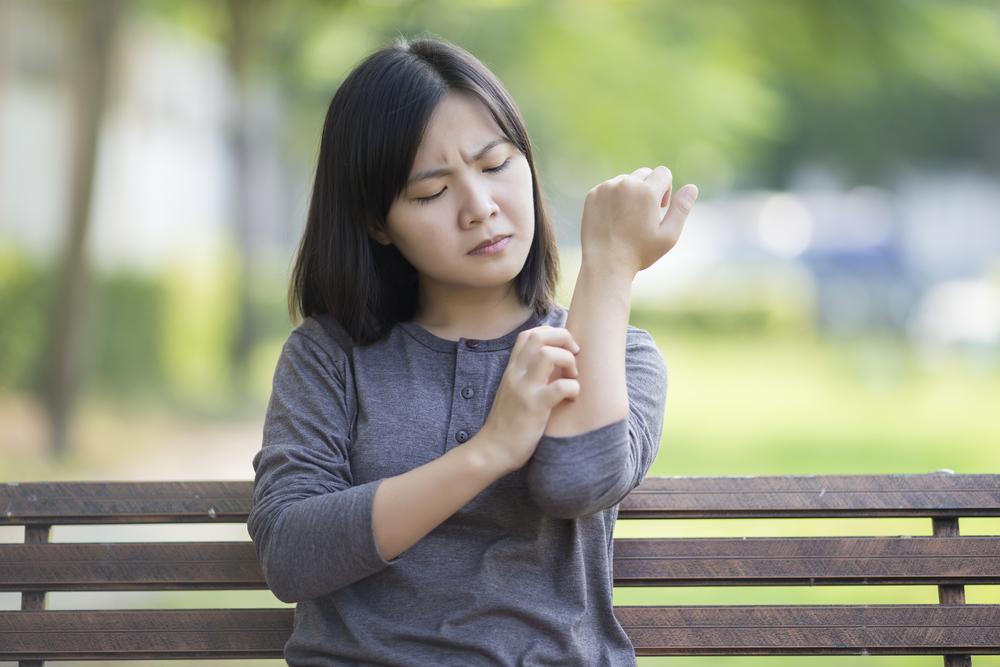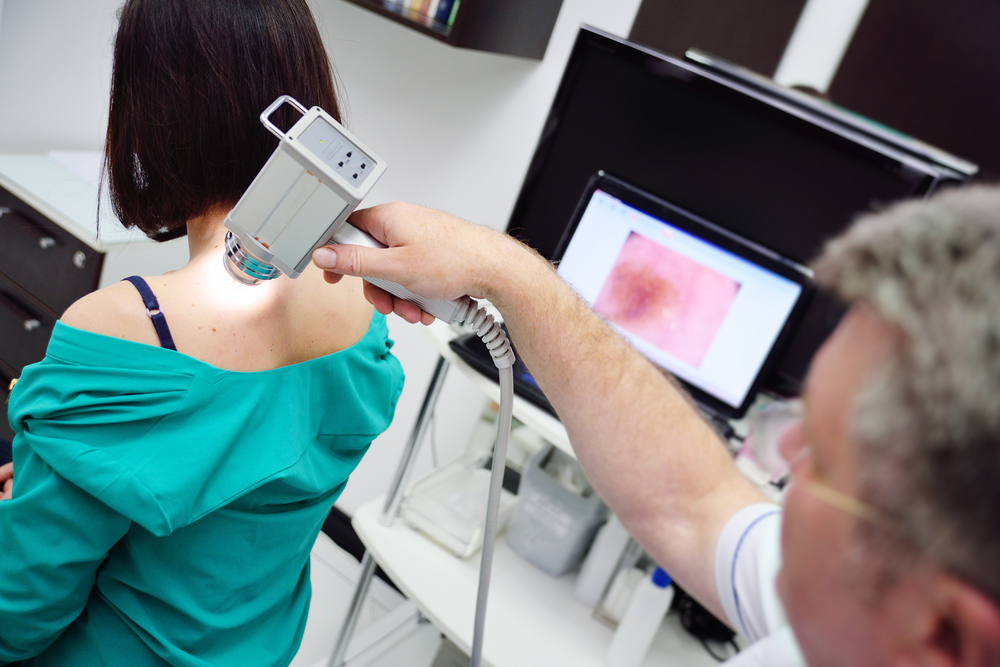Elderly Psoriasis Overview: Signs, Challenges, and Care Strategies
This article offers a comprehensive overview of psoriasis in older adults, highlighting signs, differences in presentation, and management strategies tailored for seniors, especially women. Emphasizing the importance of early detection and personalized treatment, it provides practical advice for caregivers and patients to improve quality of life through lifestyle adjustments and medical guidance. Understanding these specific considerations helps ensure timely intervention and effective care for elderly individuals suffering from plaque psoriasis.
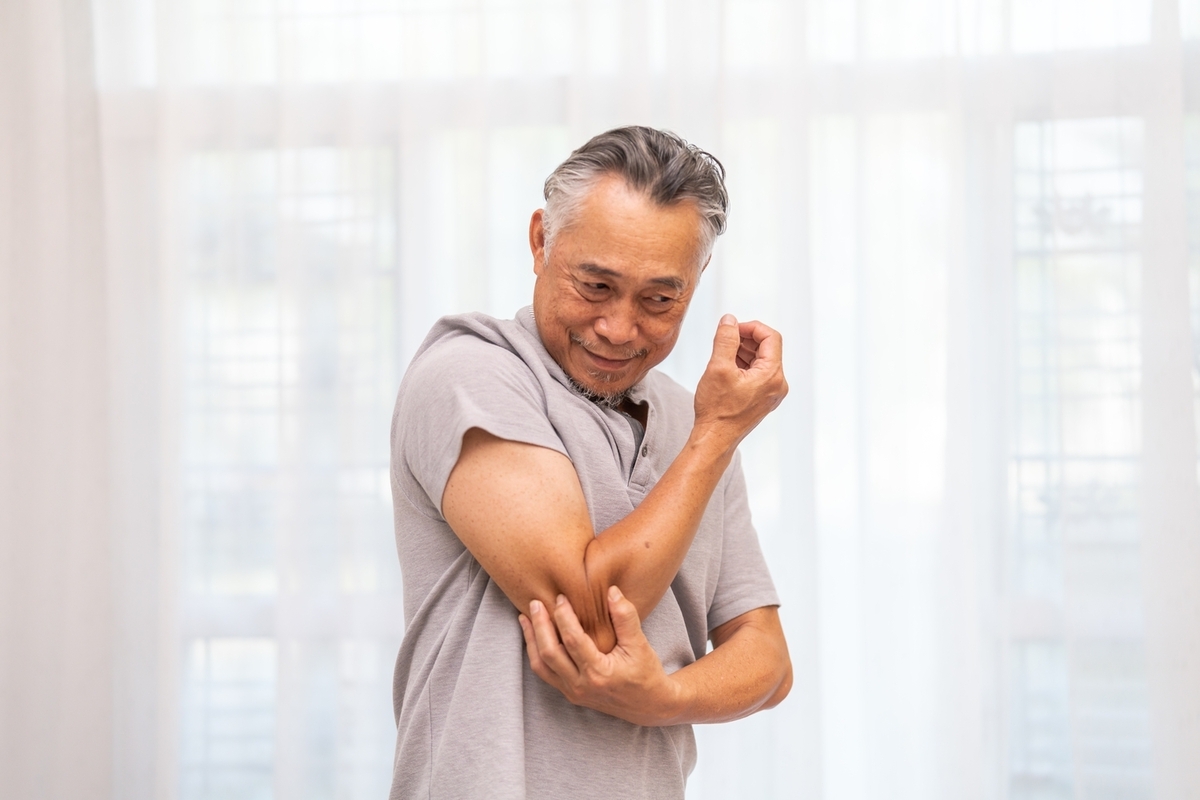
Elderly Psoriasis Overview: Signs, Challenges, and Care Strategies
Psoriasis is a long-term skin disorder affecting millions worldwide, including many seniors. It accelerates skin cell growth, resulting in red, scaly patches called plaques. The most common form, plaque psoriasis, can impair quality of life, especially among older adults. This article examines the signs, management techniques, and effects of psoriasis in seniors, with a focus on women.
In seniors, psoriasis can be more complex due to thinner skin, other existing health conditions, and immune changes that occur with aging.
Detecting skin issues in older adults can be challenging, which may delay diagnosis. Recognizing what psoriasis looks like in seniors is key for early treatment.
Appearance of Plaque Psoriasis in Seniors
In elderly patients, plaques often show as raised, inflamed patches covered with a silvery scale. Common locations include elbows, knees, back, and scalp, but in seniors, lesions might appear elsewhere due to skin changes. Severe cases show widespread scaling and redness, causing discomfort and limited movement.
Psoriasis in Senior Women
Older women may experience variations in psoriasis symptoms influenced by hormonal shifts and autoimmune tendencies. The visible nature of psoriasis and social stigma can impact mental health, leading to depression or anxiety. Sensitive skin in elderly women requires careful treatment management.
Managing Plaque Psoriasis in Seniors
Effective management combines medical treatment with lifestyle adjustments. Non-drug strategies include:
Moisturizing: Regular use of emollients helps reduce dryness and scaling, creating a protective skin barrier.
Healthy Diet: Consuming anti-inflammatory foods like fruits, vegetables, and omega-3s may ease symptoms and promote general health.
Stress Reduction: Techniques such as yoga, meditation, and breathing exercises can lessen symptom flare-ups.
Sunlight Exposure: Moderate sunlight can reduce inflammation and slow skin cell growth, but sun protection is essential.
Proper consultation with healthcare providers ensures personalized treatment, especially considering age-related sensitivities and medication interactions.Visuals of Plaque Psoriasis in Seniors
While images can aid understanding, psoriasis in older adults may differ due to skin thinning and other age factors. Always seek medical advice for diagnosis and treatment instead of self-assessing through images.
Managing psoriasis in the elderly, especially plaque type, requires careful, tailored care. Recognizing the unique symptoms in seniors, particularly women, helps improve treatment outcomes. Combining medical guidance, lifestyle tweaks, and supportive care enables seniors to better manage their condition and enhance their quality of life. Caregivers and healthcare professionals play crucial roles in providing compassionate, informed support for this vulnerable group. Regular medical check-ups and a caring environment are essential for optimal results.

